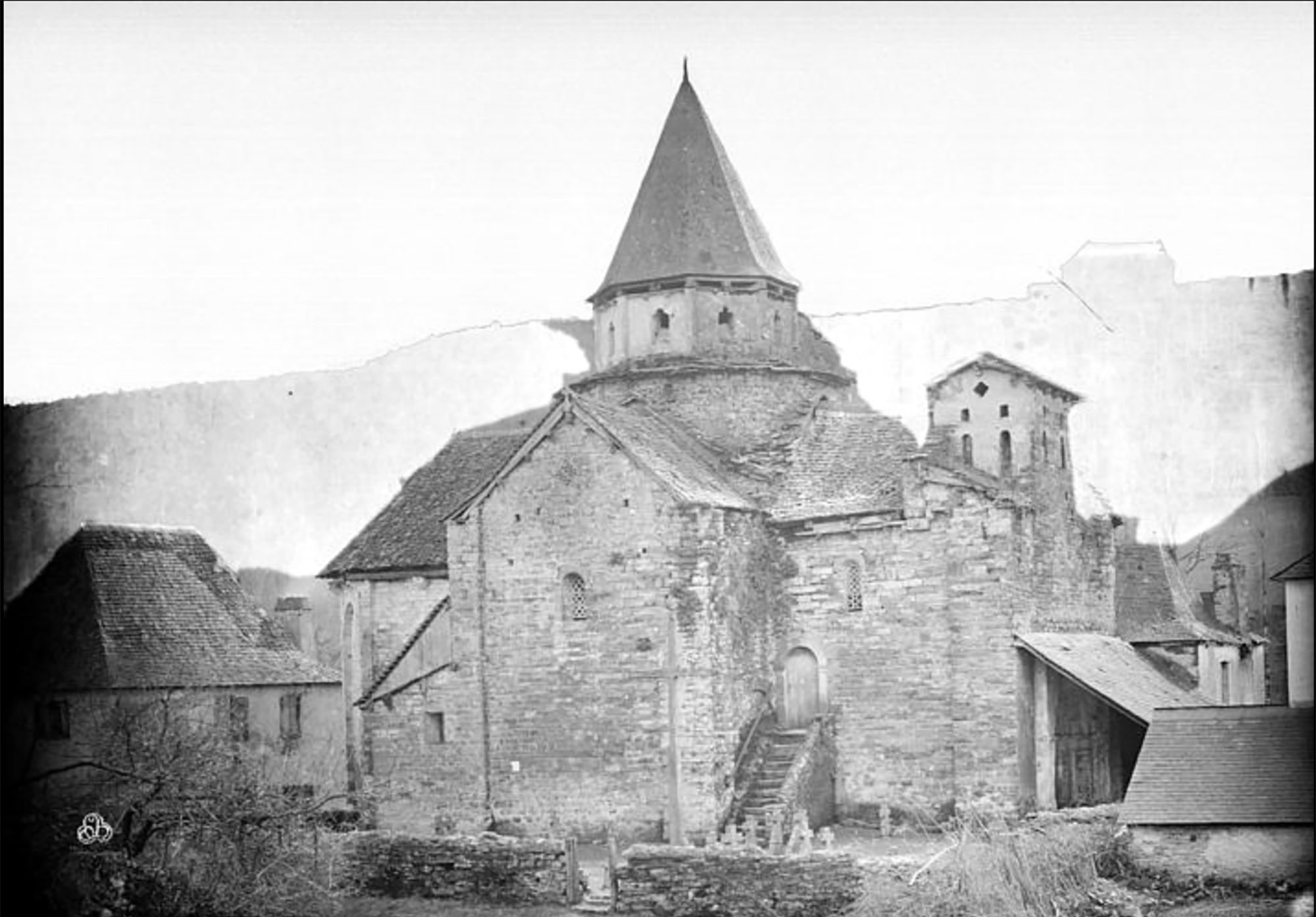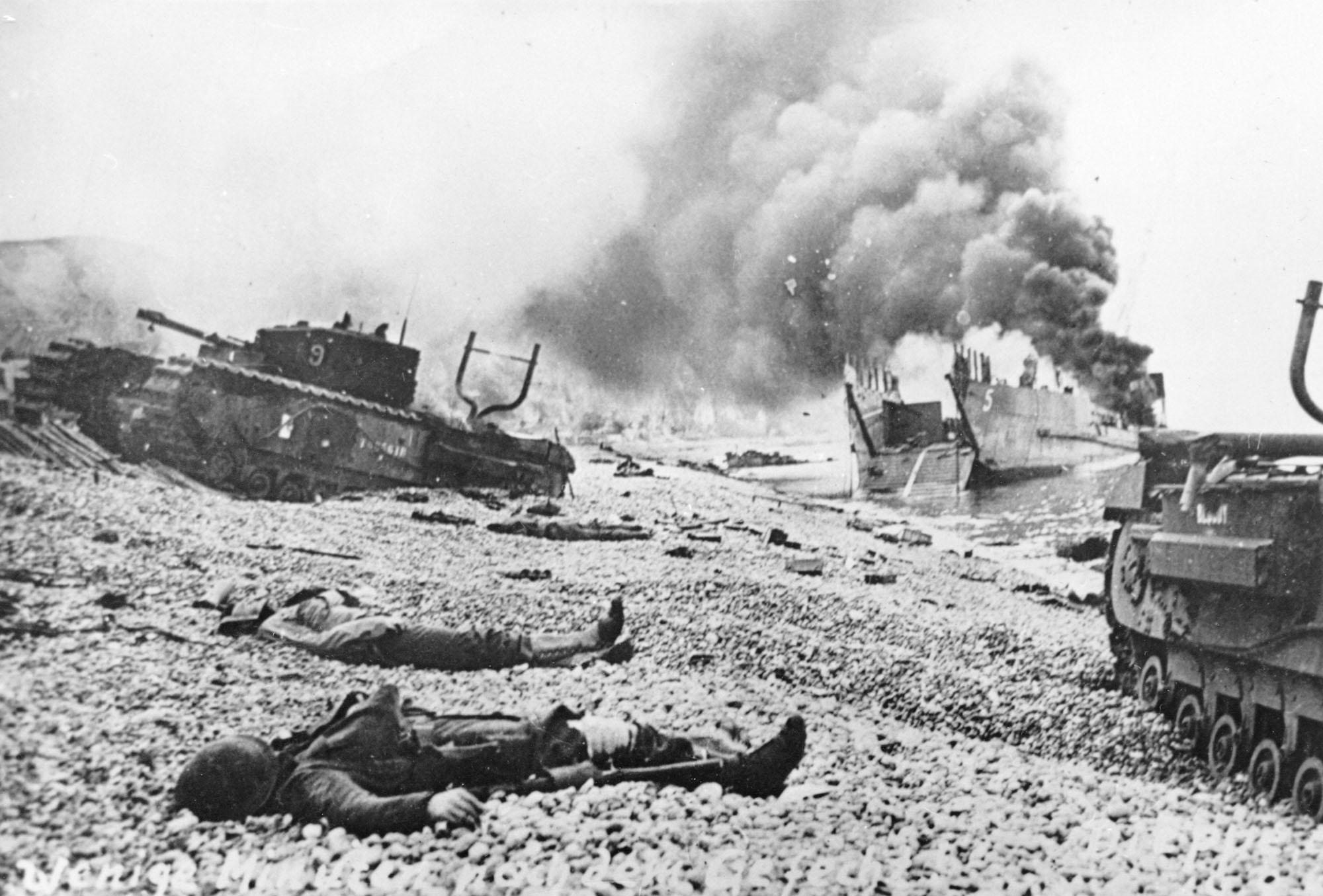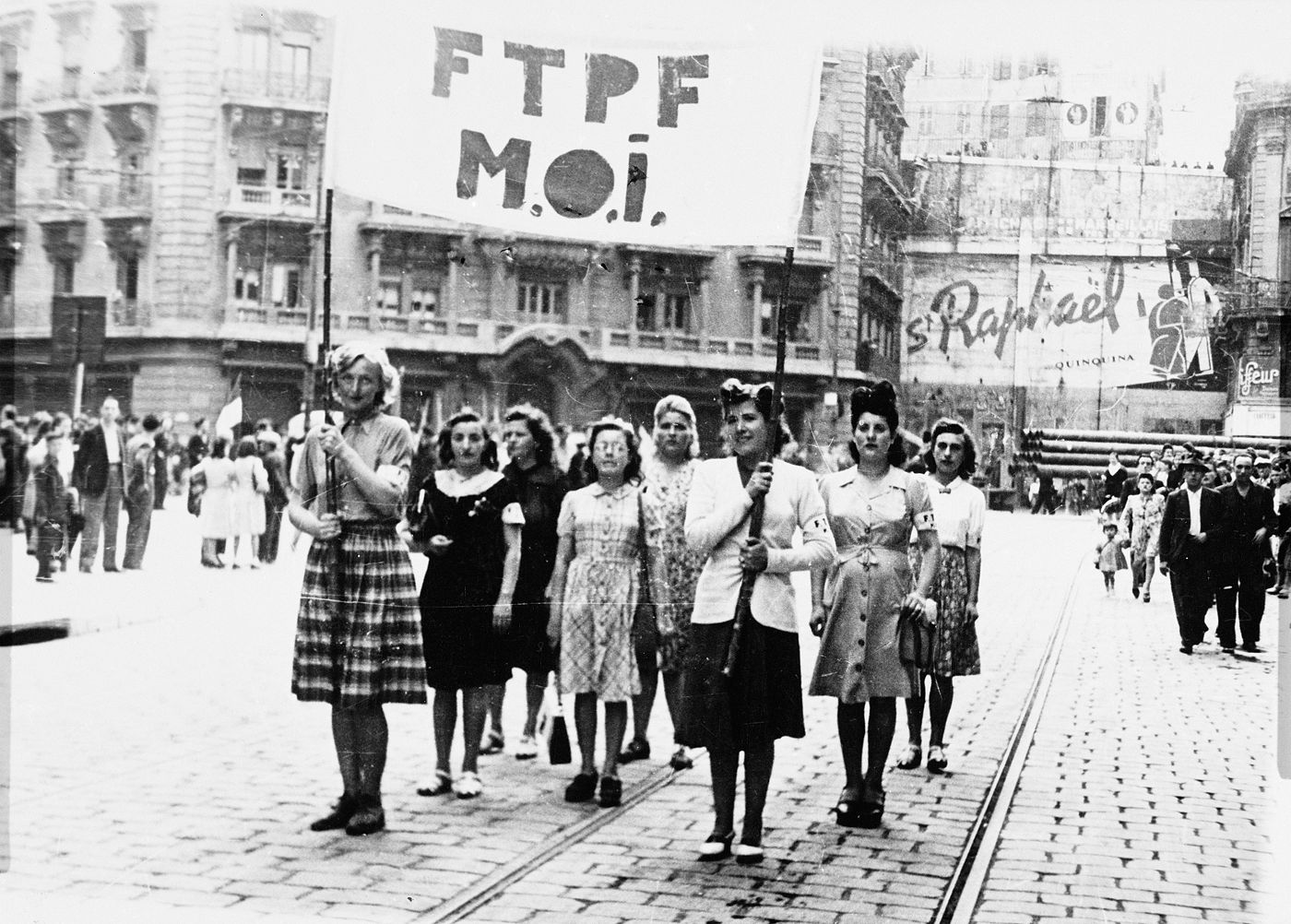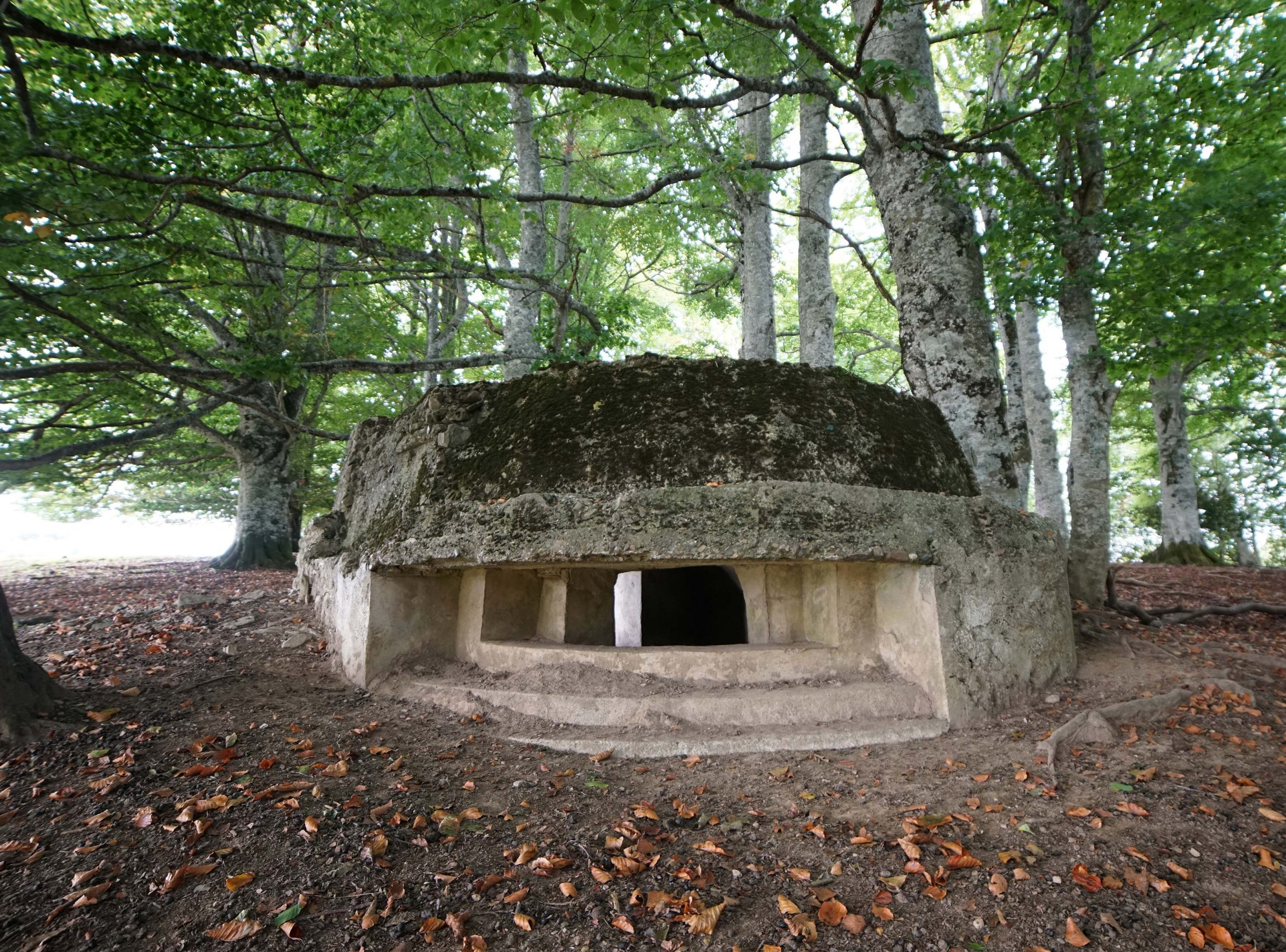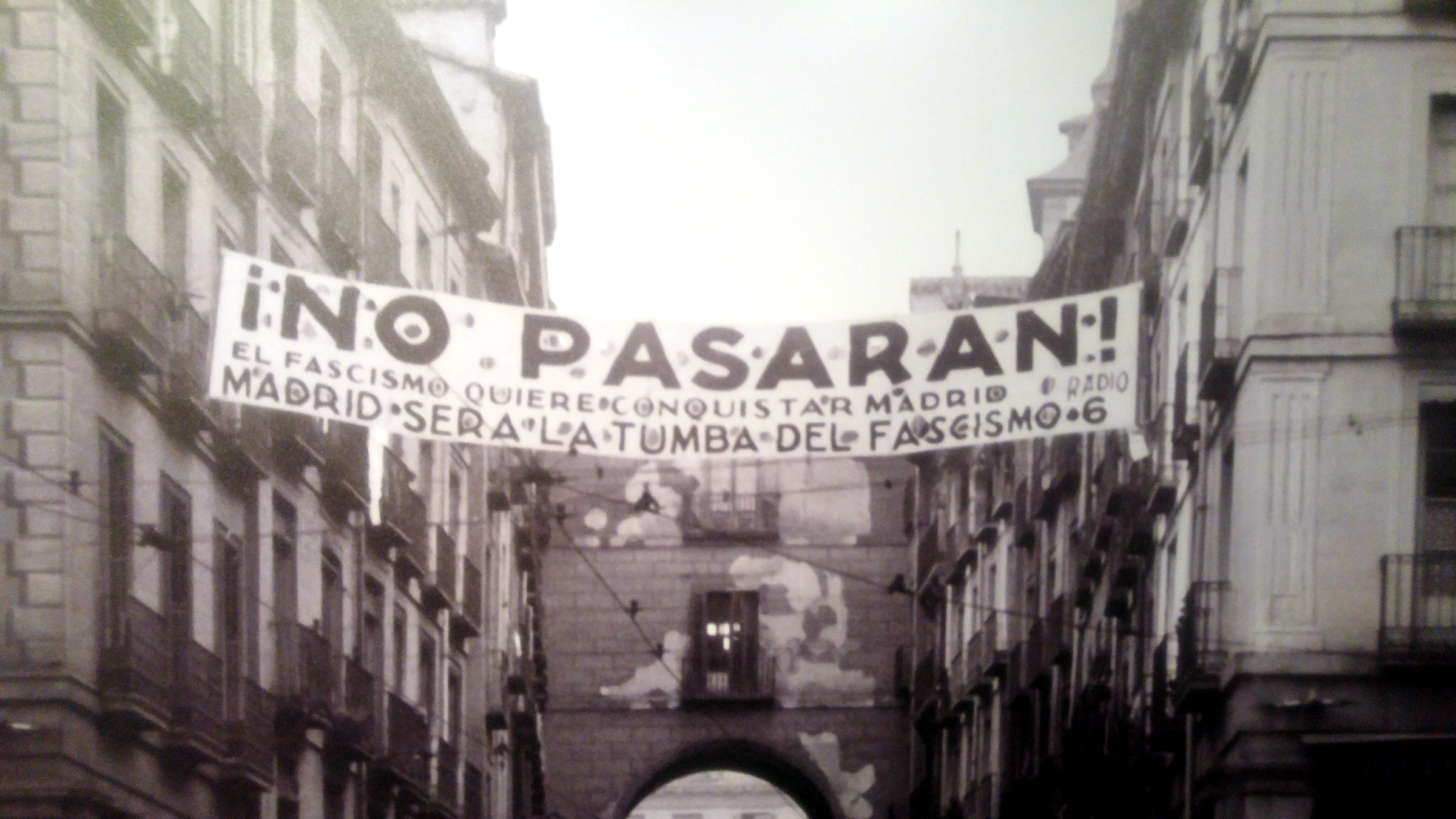Director of Orchestra Sponsored by Nazism
- In the second half of the 19th century, conservatories, symphony orchestras and popular concerts multiplied. In the first globalised edition it opened up to the world of European music: sheet music does not need translation. However, the most original historical fact of the time was the creation of a new kind of divism: the conductor. What relationship did Nazism have with one of the most well-known directors of the 20th century?
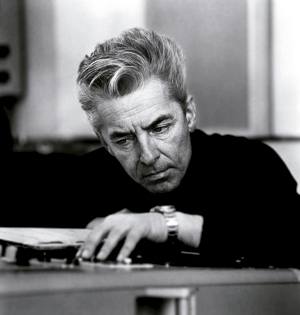
Before they came to power, the Nazis began to create their musical esthetics. The German Culture Group was established in 1929. Its aim was to save the German culture ‘from pornography, from Bolshevik, from international Jews, from the Bauhaus, from leftist critics and from modernist or atonic music’. However, when Nazia came to the government, the Chamber of Music of the Kingdom under the command of Goebbels led especially cultural policy. Although Hitler and Goering also wanted their aesthetics to stand out, all three of them collided frequently. Their puppets were the directors.
Clearly, Hitler preferred the Judeo-Bohemian-Wagnerian style such as the romantic Furtwängler, who forgave him ideological mistakes. Her wife, Eva Braun, was surprised by Knappertsbusch’s “wonderful male form,” but for her husband, she was only the director of the military band, despite being a defeated nationalist. Goering liked cosmopolitan Krauss and pour l’art. Many 20th-century orchestra directors in the 3rd century. They were Reich's foremen. Thanks to the record industry and from the 1960s to the present, Karajan is Google’s master.
The art of the director could not be directed
In January 1946, a great English descended at the train station in western Vienna. In Zurich he had obtained false American documents and spoke German without accent. It was called Walter Legge and he was not a spy or a murderer, but a Swiss businessman, but he was a British record producer. The music was in a paradise. Three weeks after the surrender of Nazia, the Soviet Commander sounded the Figaro weddings to celebrate May 1.
The producer, in fact, wanted a Furtwängler and criticised it in the quotations on employment contracts. But Furtwängler, after years of post-war, was eager to re-run the Berlin Philharmonic and Legge sought a younger. He found it in a test of the Vienna Philharmonic: Herbert von Karajan. His enormous vitality and energy made the producer scrape his hair.
The only thing that prevented him was that Karajan was not able to run the concerts in Austria and Germany after the liberation. Legge found the director on an eighth floor, who shared with eight other people. Karajan had not talked to anyone for some time. But the agent didn't care about a baton. In addition, Karajan and he had the same concept as music. A few months later, Legg, defying the United States and the French military, convinced the British Supreme Commander: The ban on Karajan was limited to those directly to the public and was therefore not prohibited from recording. Thus, Karajan’s recordings were already known in the world before he was allowed to give concerts.
The agent had asked those responsible for British culture about the possibility of finding it difficult to distribute the recordings in Karajan. “We are not de-born the United Kingdom,” they said, “yet in the British sector of West Germany you will not be able to do so.” The agent took the director to London, where in a decade he had published over 150 recordings: Cycles of Beethoven and Brahms such as Schubert, Mozart, Bartok or Bruckner. Filarmonia, the EMI's top orchestra, jumped to Abbey Road's studios. His goal was to beat the headlines with a stereophonic sound. A resource for Mas had just been born and the key was Karajan.
Years later, Karajan said that Philharmoniia was nothing more than a young orchestra. His savior Legge had serious problems with the EMI in 1963, but Karajan did not make the slightest gesture to help him.
Twice Nazi and not only that
Before the liberation, despite working at the Third Reich, he made the card of the Nazi party NSDAP in April 1933. On that day they received notification of the resignation of the German Jews to their public office, including the municipal orchestras. Karajan and other young Arians knew that the future of work was going to flourish beyond the border. However, the Austrian NSDAP was not legal in the Dollfuss regime and three weeks later the director returned to take the card in the German town of Ulm. Otto Schulmann, who had a major opponent in Ulm, was a Jewish companion. It would not take long to leave America. Two main suspicions explain the leak: it was forced by the political authorities or Karajan gave it money to leave.
Karajan was very entrepreneurial and not just in the world of karnetgintza. He was a businessman, a skier, an airplane pilot, a racing car driver and rich in sex stories. He had the image of an ideal, diabolical and vitalist Nazi. At the age of 27, he was Reich’s youngest Conductor of Orchestra. He played on Hitler’s birthday, directed Fidelio to celebrate the annexation of Austria, among other things, interpreted the celebration of Richard Trunk’s new Front as a propaganda work – at the end of the coral part he sang “the blood of the Jews will be thrown out of our knives”. The perfect ambassador for a fascist country was sent to La Scala and Rome. He led the NSDAP anthem in the occupied Paris.
Technological and commercial fascination
There are different views on what Karajan produced on its own. The critic Harvey Sachs considered it a prefabricated, with an artificial quality, unlike that of Toscanini or Furtwängler. The recordings are very polished and can be considered as homologues of the photographs and films of Leni Riefenstahl.
He made expensive productions. Less than 10 per cent was spent on record sales. Many of his recording projects were costly mistakes. When he died, he owed a million pounds to the EMI. In the 1960s, he began to negotiate with Akio Morita, founder of Sony. The Japanese preferred to lose a market rather than give up its technical superiority. Morita was a classic fan. He asked his engineers to make a musical headset like the one NASA did for space missions, and he created the Walkman, which sold over 100 million copies. He and Karajan shared their fascination with technology. In the 1970s, coinciding with the oil crisis, the LP explosion began, and tandems scattered Beethoven's Fifth in the world.
Sony built a new record factory, twenty percent of the money was put by Karajan, helped by the Austrian government. The Austrian Ambassador of Japan, Atsuhiko Yatab, said: “Karajan is an added professor of economics and culture at our embassy.” Morita controlled CBS Records and Columbia Pictures. And the success they had with the CD was exported to the video.
In the 1980s, Karajan created his own company and started recording his videos. He spent 20 million dollars looking for a different image. Fifteen cameras recorded their programs with the philharmonics of Berlin and Vienna. As with record recordings, their goal was for those who want to reach perfection and really concentrate to see the concerts at home.
Supervised by Goebbels
It was an outsider, just like Hitler, an Austrian of provinces in cosmopolitan Germany. Her father was Greek-Macedonian, her natural surname was Karajannis, a Slovak mother. Child prodigy to the piano, studied direction. In 1929 he represented 125 opera productions.
He sadly led him in 1938, when Hitler was deciding on the future of Czechoslovakia. Goebbels, elected by the head of rank of Berliner Zeitung am Mittag, under state control, said: “In the State Opera, the miracle of Karajan,” the music industry also frequently used this placement.
But Hitler and Karajan were from different social backgrounds, from different generations: one starved and rotting in the trenches, the other lived in comfort. Karajan was able to do extraordinary musical studies, Hitler was self-taught. He was twenty-four years old when Hitler was appointed Chancellor, with the fall of 37 and with no prospects for the future on a global level. The Chancellor did not bear the “pride” of those who led him without a score. In 1940, while playing Die Meistersinger, lower Bockelmann did not start singing in his turn, as he was said drunk, and Goebbels and Hitler forced him to have the score in front of him.
The director replaced the symbolic vacuum left by Hitler for historian Kate. Authoritarian, humiliating. The aesthetic influence of personal and political dynamics. To what extent is a Nazi conviction, to what extent is it opportunistic to know the indifference to Legge. The experts have no hesitation in saying that many were better directors than him in the last century. Few are better known, even if this is not related to the outcome.
Porzheim, Germany, February 23, 1945. About eight o’clock in the evening, Allied planes began bombing the city with incendiary bombs. The attack caused a terrible massacre in a short time. But what happened in Pforzheim was overshadowed by the Allied bombing of Dresden a few... [+]
Japan, 6 and 9 August 1945, the United States launched an atomic bomb causing tens of thousands of deaths in Hiroshima and Nagasaki; although there are no precise figures, the most cautious estimates indicate that at least 210,000 people died at the end of that year. But in... [+]
Born 27 June 1944. The German soldiers carried out a raid on a small town of about 80 inhabitants of Zuberoa. Eight people died on the spot and nineteen were arrested, all civilians, nine of whom would be deported and only two would survive from the concentration camps in which... [+]
Normandy. 6 June 1944. They started operation Overlord: Thousands of British, American and Canadian soldiers landed on the beaches of Normandy to drastically change the course of the Second World War and, therefore, history. Or at least that's what we've been told a few days ago,... [+]
Genocide is unfortunately a fashionable word. According to Rafael Lemkin’s definition in 1946, genocide is defined as “actions aimed at the total or partial destruction of a national, ethnic, racial or religious group.” These actions may include “killing the members of... [+]
Karl Adolf Eichmann (Solingen, Imperio alemán, 1906 - Ramdel, Israel, 1962) foi o oficial superior das SS da Alemaña nazi, especialmente coñecido polo seu nomeamento como “responsable loxístico” da chamada Última Solución ou Última Solución. A planificación do... [+]













